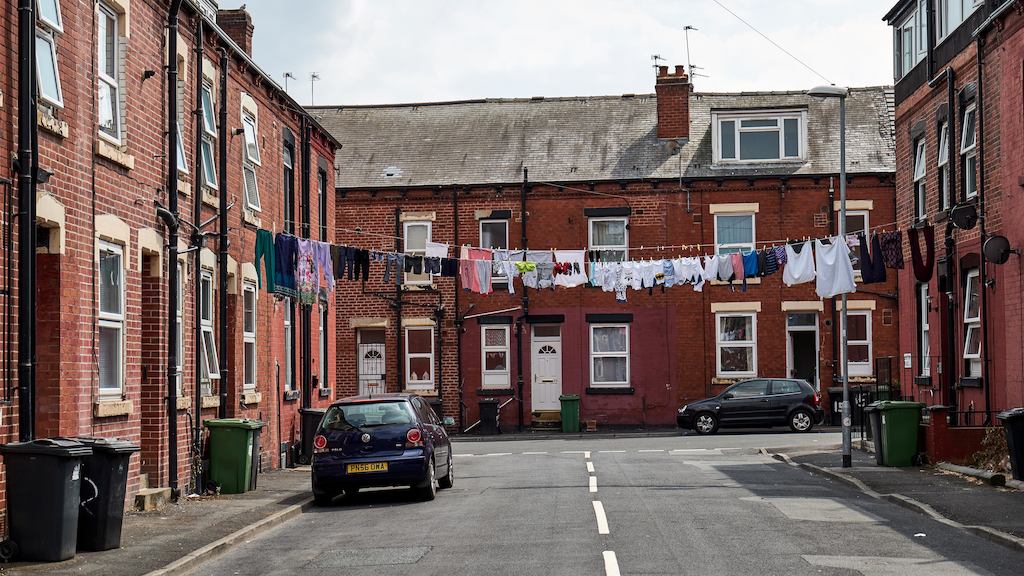Towards the end of last year, I started as an Associate Director at the Centre for Ageing Better, working particularly on our goal around safe and accessible homes. Before I arrived, Ageing Better had established some ambitious goals for this work: by 2030, we want the number of homes classed as decent to increase by a million, and by the same date to ensure that at least half of all new homes are built to be fully accessible.
We’ve all heard the statistics about the huge growth in the number of households headed by someone over 65, and the exponential growth in the number of households of people over 85. Frustratingly, this is often presented as a problem to be solved rather than a major success story of post war social and health policy. Older people, like everyone else, have ambitions for the future, opportunities to make a full contribution to their communities and to continue to work in fulfilling jobs.
It is also essential that older people, again like everyone else, should live in decent and accessible homes. In the last 50 years we have made real progress in improving the quality of our homes, but we still have a lot to do. Our new research shows that over four million homes across England fail to meet the government’s basic standards of decency. And a higher proportion of older people live in these homes than the population more generally, with over a million people over the age of 55 living in conditions that pose a risk to their health or safety.
It shouldn’t be too difficult to ensure all our homes meet a decent standard. A small number of homes require major and expensive remedial work but the overwhelming majority need less than £3,000 to hit the mark. We know how to do it. We now need the political will to make it a priority. Apart from the benefits to the people living in the homes, investment of this kind is great for the economy, especially when so many of our skilled tradespeople are older. Imagine if they were part of training young people to learn these skills.

